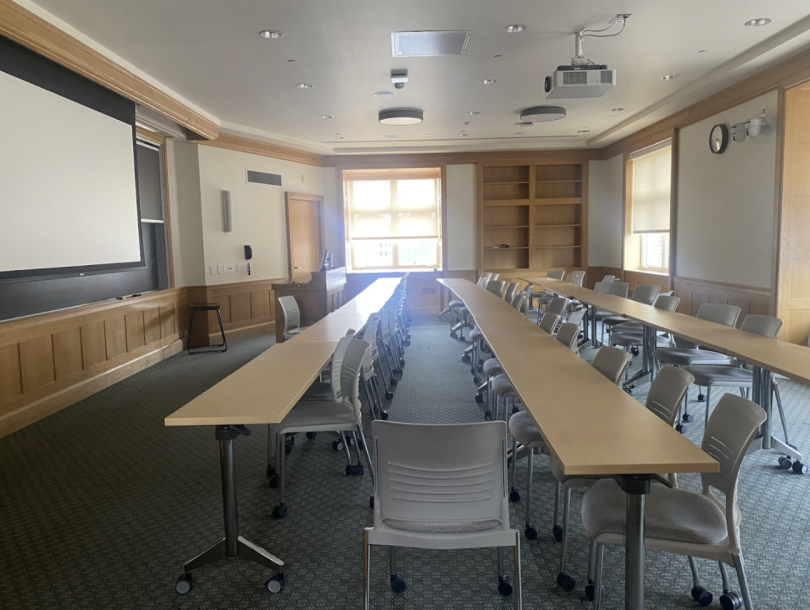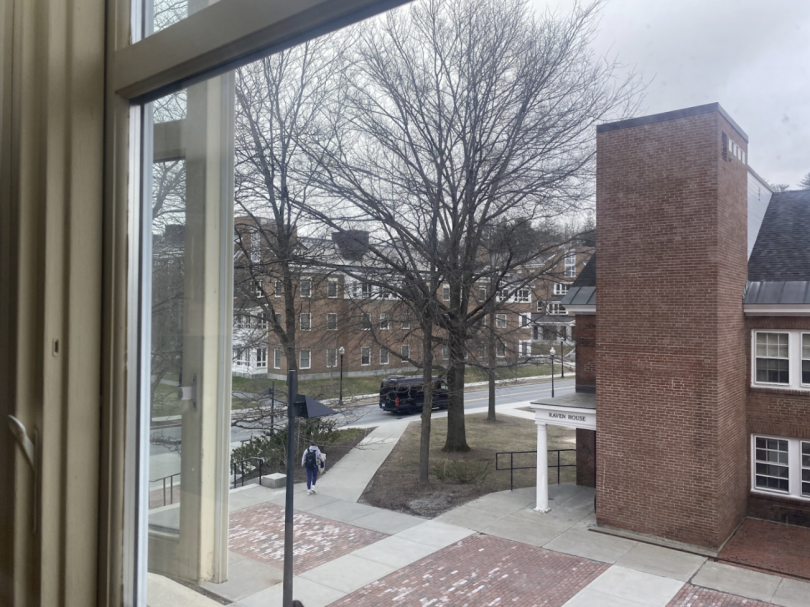
Class Spotlight: Biology 11
If you've ever wondered how the microscopic world dictates human history, then Biology 11.03 Emerging Infectious Diseases: How Microbes Rule the World is the class for you. This winter, I took this course as my introduction to college biology, and it completely changed the way I think about science. It wasn't just about memorizing facts—it was about understanding how biology plays out in the real world, in real-time.


The class explored why infectious diseases emerge and re-emerge, how microbes evolve alongside their hosts, and how factors like globalization and environmental change create new opportunities for pathogens to spread. From RNA viruses to antibiotic-resistant bacteria, we unpacked the science behind some of the world's most pressing health challenges. One of my favorite aspects of the course was learning about the mechanisms of disease within the context of history and modern society. We weren't just studying microbes in isolation—we were seeing how they interact with human behavior, travel, climate change, and even economics.
As someone who lived through the COVID-19 pandemic, I found it surreal to finally understand concepts I had heard about but never fully grasped before. Terms like "RNA virus" and "PCR testing" had been floating around in news reports for years, but now, they made sense on a whole new level. I could finally appreciate how a virus hijacks a host's cellular machinery to replicate and why PCR (polymerase chain reaction) is such a powerful tool for detecting pathogens. It was like getting a behind-the-scenes look at something I had only ever experienced from the outside.
What made this class even better was how engaging and dynamic it was. Rather than just reading from a textbook, we examined case studies, discussed outbreaks, and explored how scientists track and combat emerging diseases. It was a fascinating blend of microbiology, epidemiology, and public health, all wrapped into one. I found myself thinking differently about the interconnectedness of the world—how a virus in one country can become a global crisis within weeks and how human actions can either mitigate or accelerate the spread of disease.
This course wasn't just a great introduction to biology—it was a great introduction to why biology matters. It showed me that science isn't just something you learn in a lab; it's something that shapes the world around us daily.


















